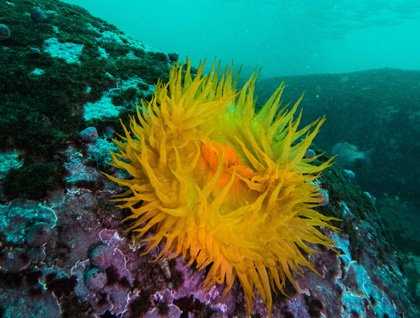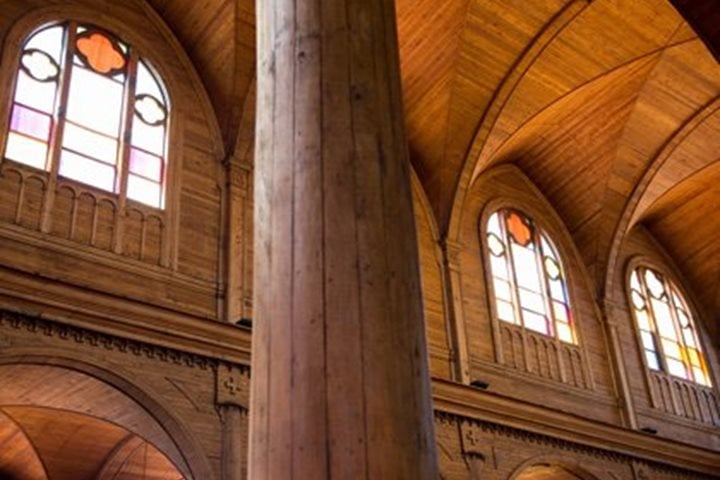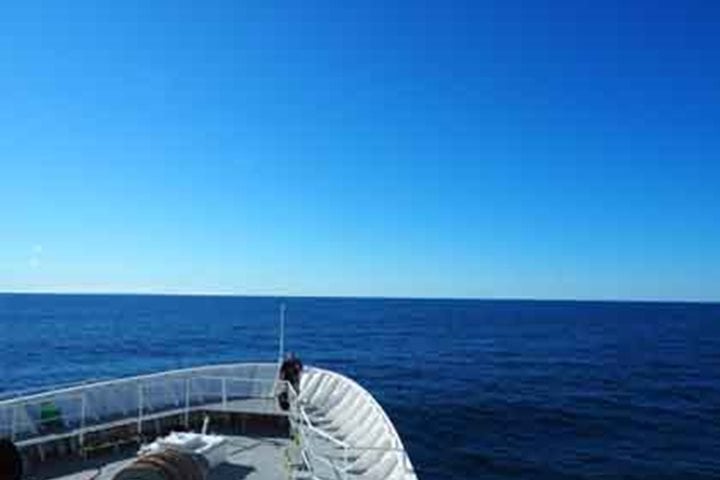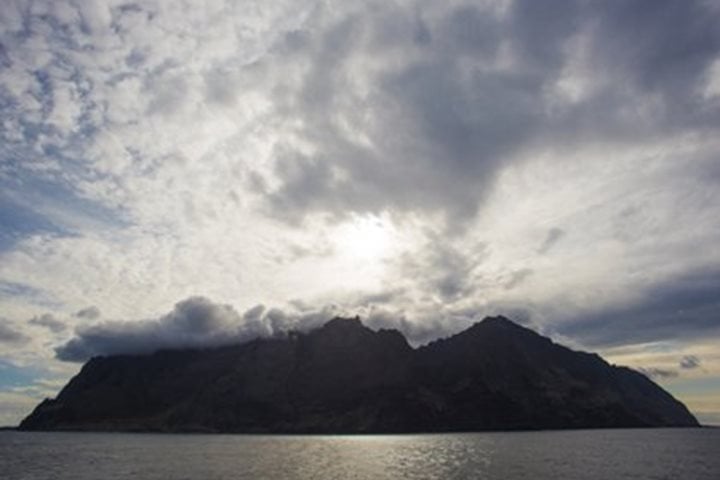Awaking once again on National Geographic Explorer after two days away in the desert, we were straight back into expedition mode at Isla Pan de Azucar. Some rolling seas meant we were uncertain if we would be able to go ahead with our exploration of this beautiful island. Luckily, the weather moderated and we were able to offer Zodiac cruises along the coast of Isla Pan de Azucar, an important breeding ground for Humboldt penguins and other seabirds. As well as Humboldt penguins the Zodiac cruisers witnessed turkey vultures, Peruvian pelicans, Chilean seaside cinclodes, and otters.
While our guests explored the coastline of the island, the undersea team explored beneath the surging ocean. Returning to colder waters meant a marine environment rich in life. The divers were immediately circled by a school of jack mackerel who followed them throughout the dive acting as underwater escort. Thousands of snail shells littered the ocean floor, providing refuge for hermit crabs. In a predicted strong El Niño year, where warm waters moving east towards South America stifle the marine life along the coast, it was reassuring to see such a healthy marine environment.
After lunch we continued south along the coast of Chile towards Coquimbo, travelling against the Humboldt Current. The oceanography and biology of the waters moving beneath the ship were explained to us in two fascinating talks from our naturalists Jim Kelley and Tato Antezana. Jim discussed the phenomenon of El Niño and its effects on the fishing industries of Peru and Chile and Tato went into a bit more detail about the role of krill in the food chain throughout the Humboldt Current. Almost as if cued by these two talks a group of sperm whales were seen near the ship before Tato had even finished talking.
After two days in the Atacama Desert today was a day that really demonstrated the abundant marine life that exists along the eastern coast of South America.






